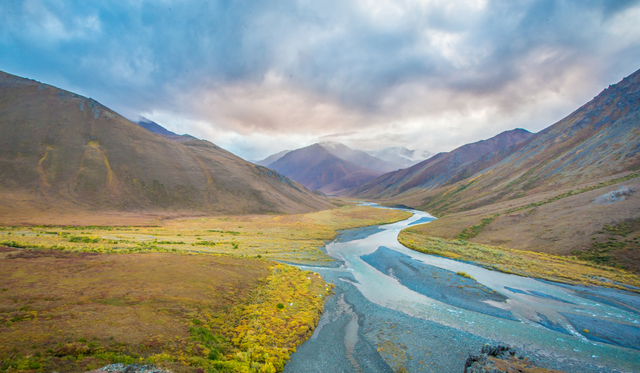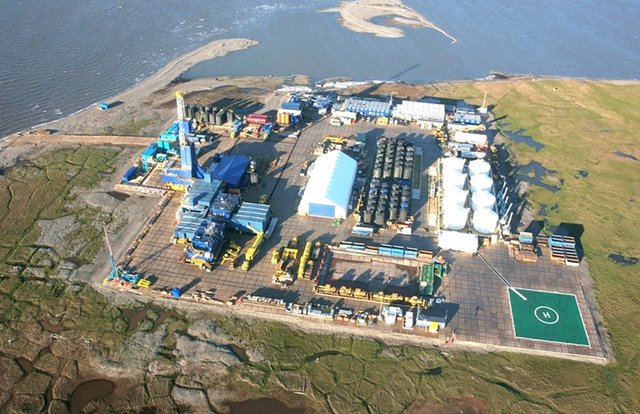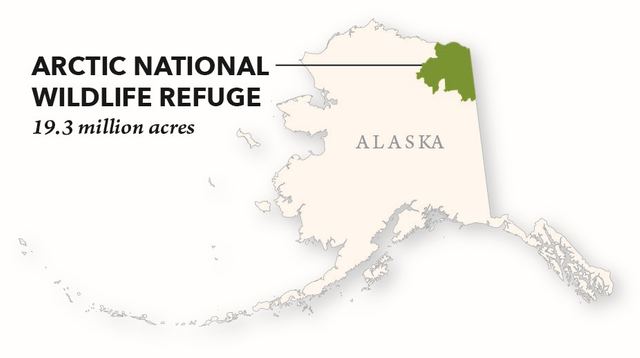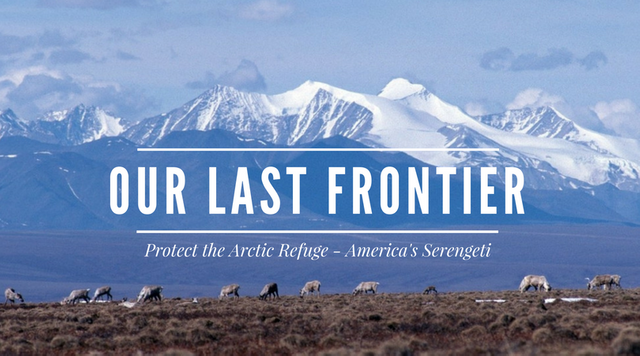Arctic National Wildlife Refuge and its new Oil Crisis - Part 2 - The Present and the Future
The 19.6 million acre Arctic National Wildlife Refuge (ANWR) is in the line of direct fire by the hungry oil industry and the shortsightedness of US Congress.
Over 400,000 acres of pristine American tundra is in under the threat of oil wells and drilling. The question is whether it is worth to destroy a great natural wonder for what could potentially be at best a few million dollars worth of barrells of oil?

If you have missed the first part of the story, read in in the post: Arctic National Wildlife Refuge and its new Oil Crisis - Part 1 - What is it about?
What are the estimated returns on ANWR’s oil drilling plans?
Nearly $100 billion has been projected to be the revenue that is to be obtained from ANWR’s oil reserves over the next decade. According to what the administration has projected, there would be sales of around 400,000 acres, (designated as the 1002 area) at nearly $3000 an acre.
It is surprising that this is the estimate that has been projected, seeing as the lease sales in the region have been on an average, less than a tenth of the $3000 estimation. Recent top bids have been $15 per acre. Looking at these numbers, a quick math implies that only about $37 - $38 million would be earned over the next decade.
](https://steemitimages.com/DQmPTR1HARhXxirF6p6XeFFMcJ1SnyfumXYUL8Ur9Ma7RTv/image.png)
Also, the price of oil is expected to be rosy and good. The current oil price is around $60 per barrel, and it is expected to rise to $78 per barrel. This has to be number that offers breakeven for drilling in ANWR. The estimates by the United States Geological Survey are based on surveys from the 1980s. (1984-1985, to be precise). The re-analysis of this data has had the findings shifting each time.
According to the current estimate by USGS there is, in all likelihood, no large deposit at all. They are scattered all over ANWR’s coastal plain in small traps. Of course, the only way to know is to drill. And so far, the wells that have been drilled have had disappointing results at best, and dry at worse. There has been only one well that has been dug in the 1002 area. The results have been kept secret for long, but it has recently been found that those results have been disappointing as well.

Point Thompson Field Oil Base by Exxon Mobil.
The only notable exception is Point Thompson Field, located right next to ANWR. Point Thompson is a huge deposit of natural gas. It only started pumping a few thousand barrels of natural gas and liquids through the Trans – Alaskan pipeline. All of this natural gas income has provided a trickle of revenue to Alaska.
IS IT WORTH IT?
The technology of today makes the oil industry an incredible technology based industry. But with all of that, oil exploration is still like playing a lottery. Oil major Shell discovered it the hard way when it pumped $7 billion to drill a hole in the Chukchi Sea off Alaska in 2015, only to dig a dry hole.
What are the environmental impacts?

ANWR is one of the country’s largest wildlife refuges and the environmental costs are currently uncertain. Let’s take a look at what the ANWR holds in terms of natural and wildlife reserves and what past outcomes have been.
ANWR coastal plain holds the highest density of Polar Bear dens in Alaska.
Caribou have raised their offsprings in the 1002 area, most notably the porcupine caribou herd. They are also the essential source of food for many native Alaskans and First Nations People in Canada.
It is a large carbon sink.
When the first ever oil well was drilled in ANWR (unsuccessfully) in the 1980s, the oil companies did remove their equipment from the site. Satellite imagery has shown that the Tundra forest is yet to recover, 30 years later. It is clear that whatever drilling is done in the ANWR will have long term effects.
It is unlikely that any oil and gas infrastructure will be completely removed from ANWR or the land would be restored, due to the enormous costs associated.
The Local opinion
While nearly 80% of Alaskans have been in support of drilling in ANWR, there has been vehement opposition in the past and present.
The government of Canada issued a statement opposing drilling in the refuge, and reminding the Trump administration that the two countries had signed a 1987 agreement to protect porcupine herd and its habitat.
For Native Alaskans, the issue is not about money or oil. The Gwich’in community have always depended on the Porcupine Caribou herd that raise their offsprings in the 1002 area. To them, the 1002 area is “the sacred place where life begins.” They have opposed drilling in the refuge for decades.
According to the Gwich’in Steerling community; “We stand firm against development in the Arctic National Wildlife Refuge. This is going to have a huge impact on our way of life and is a violation of our human rights. This is definitely the beginning of the fight, it is definitely not the end. We will be gearing up our people to continue to defend what is sacred to us”

Disclaimer: All photos are properties of their respective owners. The images are used to provide a visual to the story and no infringement is intended. Text is the author's own, based on research on the internet and books.
Image sources:
Join the discussion! Let me know your thoughts and opinions on this article in the comments below!

Thank you for this informative post, @worldtripperblog
You're welcome @isabellalily :)